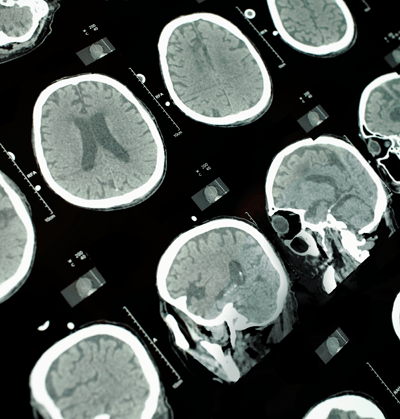Biofeedback is the use of bio-monitoring technologies to acquire some self-control over an autonomic or other biological process. For example, one can use a thermometer to increase hand temperature or use an EEG to calm brain waves. The history of biofeedback is one of verifying clinical applications when people acquire self-regulation over processes previously thought to be unconscious. The field grows as technology improves and results are reported.
Neurofeedback is a form of biofeedback. ‘EEG biofeedback’ is no longer synonymous with neurofeedback because of the promising reports about hemoencephalography (HEG) which monitors blood flow dynamics via thermal infrared emissions from the brain. HEG presents that information about to the patient in ways that are amenable to development of conscious control.
Frank H. Duffy, M.D., Professor and Pediatric Neurologist at Harvard Medical School, stated in an editorial in the January 2000 issue of the journal Clinical Electroencephalography that the scholarly literature suggests that neurofeedback should play a major therapeutic role in many difficult areas. “In my opinion, if any medication had demonstrated such a wide spectrum of efficacy it would be universally accepted and widely used” (p. v). “It is a field to be taken seriously by all.” (p. vii).
Almost 200 conditions reported favorably influenced by neurofeedback
This web site contains a research bibliography http://www.isnr.org/nfbarch/nbiblio.htm. It contains primarily outcome studies and case reports and is divided by into these problem areas:
Epilepsy; ADD/ADHD, Learning Disabilities, & Academic-Cognitive Enhancement; Anxiety Disorders, PTSD, & Sleep Disorders; Depression, Hemispheric Asymmetry, & Anger; Addictive Disorders; Brain Injury, Stroke, Coma, & Spasticity; Chronic Fatigue Syndrome, Fibromyalgia, & Autoimmune Dysfunction; Pain & Headache; Schizophrenia; Obsessive Compulsive Disorder; Parkinson’s Dystonia; Tourette’s Syndrome; Autism; Cognitive Decline with Aging; Asthma; Hypertension; Dissociative Disorders; Creativity & Optimal Functioning; Criminals.
Summary of studies in peer-review journals
See www.alertfocus.com/perform/meta.php for a meta analysis of studies listing method of control, publication sources, and criteria, such as:
DISORDERS |
# STUDIES |
# SUBJECTS |
# MEDLINE |
# CONTROLLED |
ADHD |
35 |
1539 |
20 |
7 |
Anxiety disorders |
19 |
124 |
15 |
2 |
Behavior disorders |
27 |
285 |
19 |
6 |
Epilepsy |
45 |
364 |
42 |
12 |
Other: Tics, Insomnia, etc. |
40 |
466 |
27 |
6 |
TOTAL |
166 |
2778 |
123 |
33 |
Neurofeedback has not yet achieved the gold standard of efficacy through the publication of Type 1 studies in peer-reviewed journals. However given the preponderance of published Type 1 and 2 study evidence, the case for efficacy is now quite strong. Given the lack of contraindications, generally high success rates for many difficult conditions, and durability of results — neurofeedback is worthy of recommendation. Your further investigation is encouraged on the web sites of 2 professional organizations: www.isnr.org and www.aapb.org.
